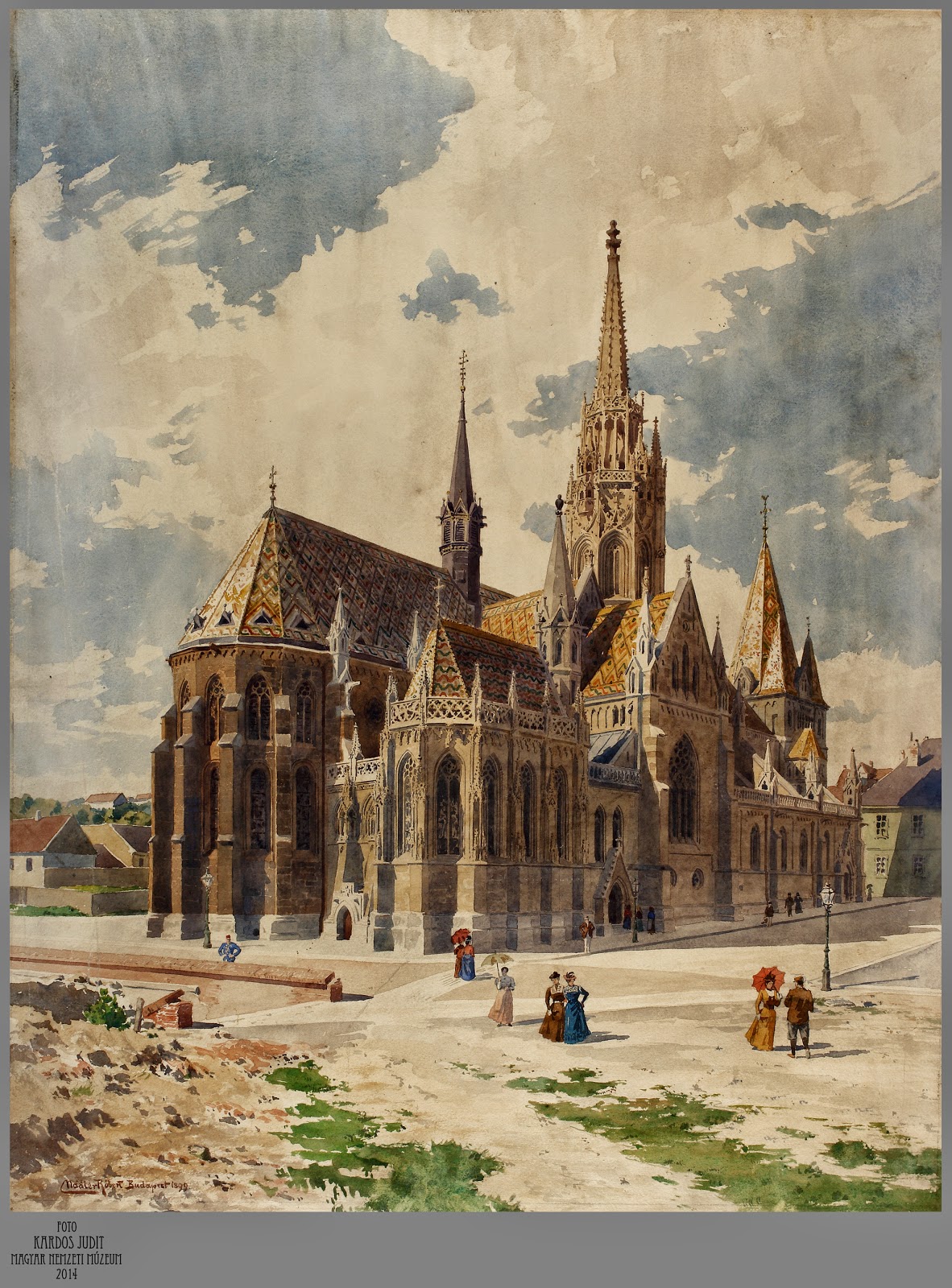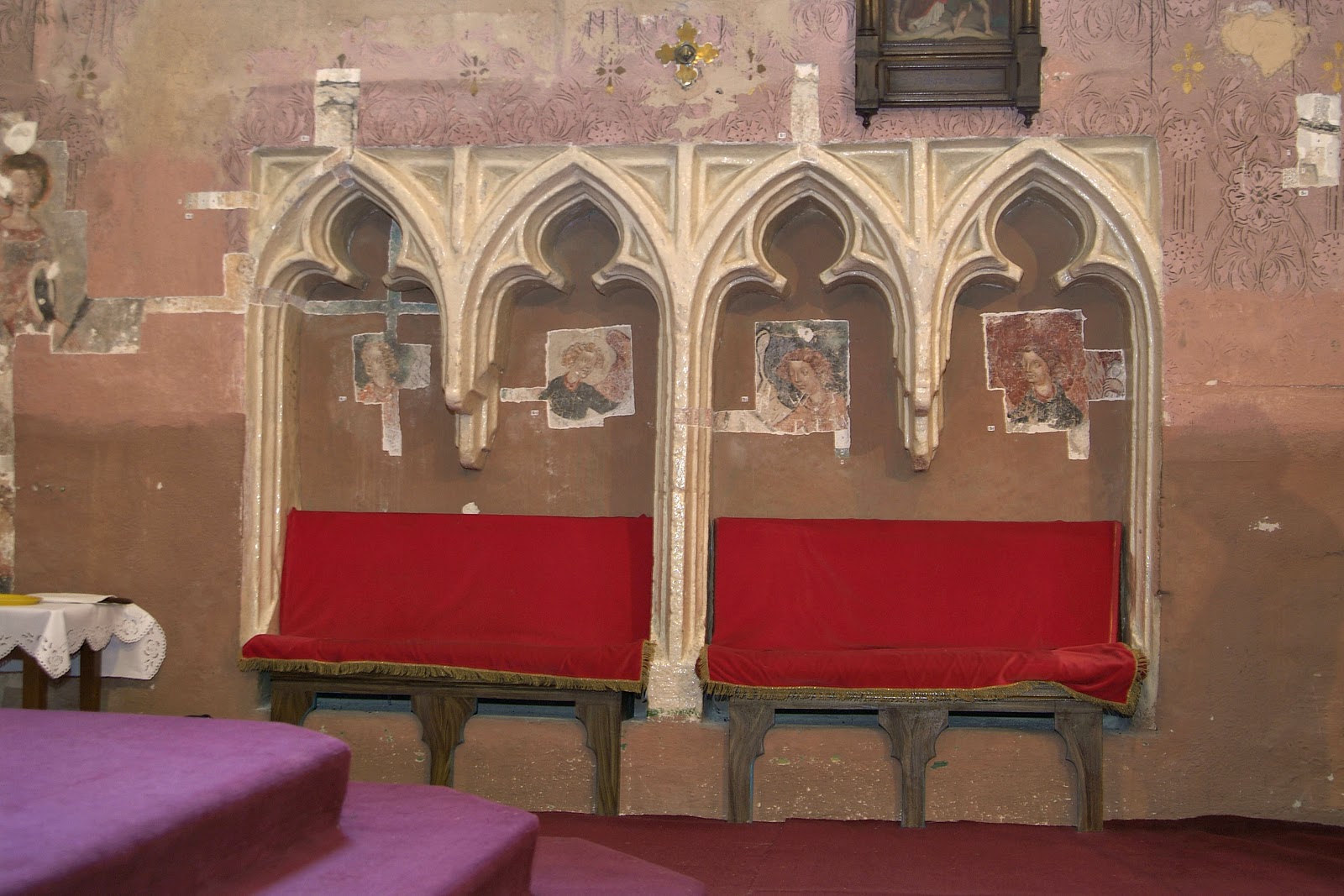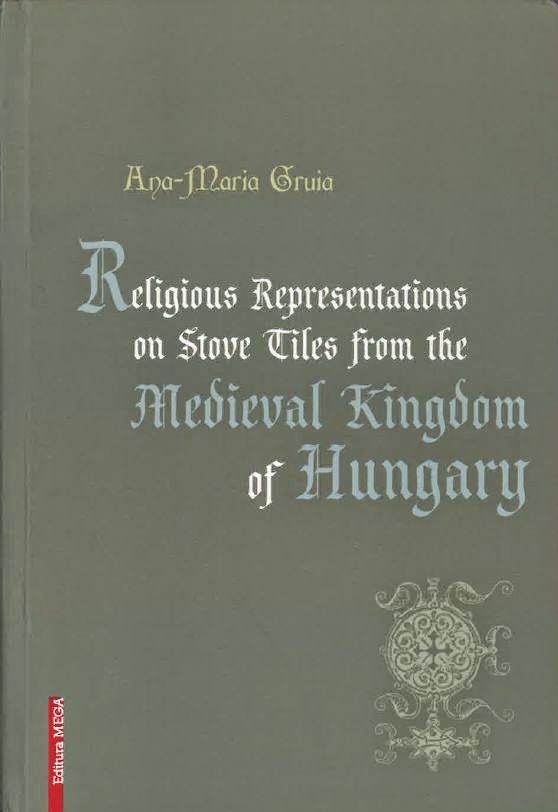A major new exhibition about the building and the history of the Church of Our Lady (Matthias Church) of Buda Castle opened at the Budapest History Museum. The Church is a major historic monument of Budapest, part of the Unesco World Heritage site of Buda Castle. Established after the Mongol invasion of 1241-42, the church became the most important ecclesiastical institution of Buda, and finally served as a coronation church in 1867 at the coronation of Franz Joseph I. Soon after that, it was completely remodeled by Frigyes Schulek in Neo-Gothic style, with the addition of it landmark spire.
During the Middle Ages, the Church of Our Lady served the purpose of a parish church for the town's German citizens. It was built and rebuilt in many stages. A royal charter from 1255 refers to the church as yet to be completed, while another document from 1269 calls it newly erected. The original, 13th century building was turned into a hall-church and rebuilt overall in the first half of the 15th century, at the time of King Sigismund. Its southern tower was built at the time of King Matthias. During the Turkish occupation of Buda it was converted into a mosque. During the 18th century, it was rebuilt in Baroque style, and used by the Jesuits, and later as parish church again. The present building originates from the rebuilding of Frigyes Schulek carried out between 1874-1896. The building was extensively renovated after World War II and most recently between 2004-2014. The current exhibition thus presents not only the history of the building, but also findings of this most recent period of research and renovation.
 |
| The church before the reconstruction of the late 19th century, painting by A. Schikedanz |
After an introductory part focusing on the church as the site of the 1867 coronation, the exhibition is arranged chronologically. One room is dedicated to the two major phases of the medieval building. At the time of the rebuilding by Schulek, a large number of details of the medieval church fabric - including the portals - came to light. These finds provided a starting point for Schulek, who aimed to return the church to its "ideal," 13th century state. This meant for example the dismantling of the late gothic lateral sanctuaries of the church, to rebuild the side apses along their 13th century lines. Many late gothic elements were preserved and restored, however, including the monumental southern portal of the church or the chapel of the Garai family situated alongside the northern apse. The southern tower was rebuilt according to how Schulek imagined it should have looked like at the time of King Matthias in the 15th century.








.jpg)
.jpg)








.jpg)
.jpg)




















